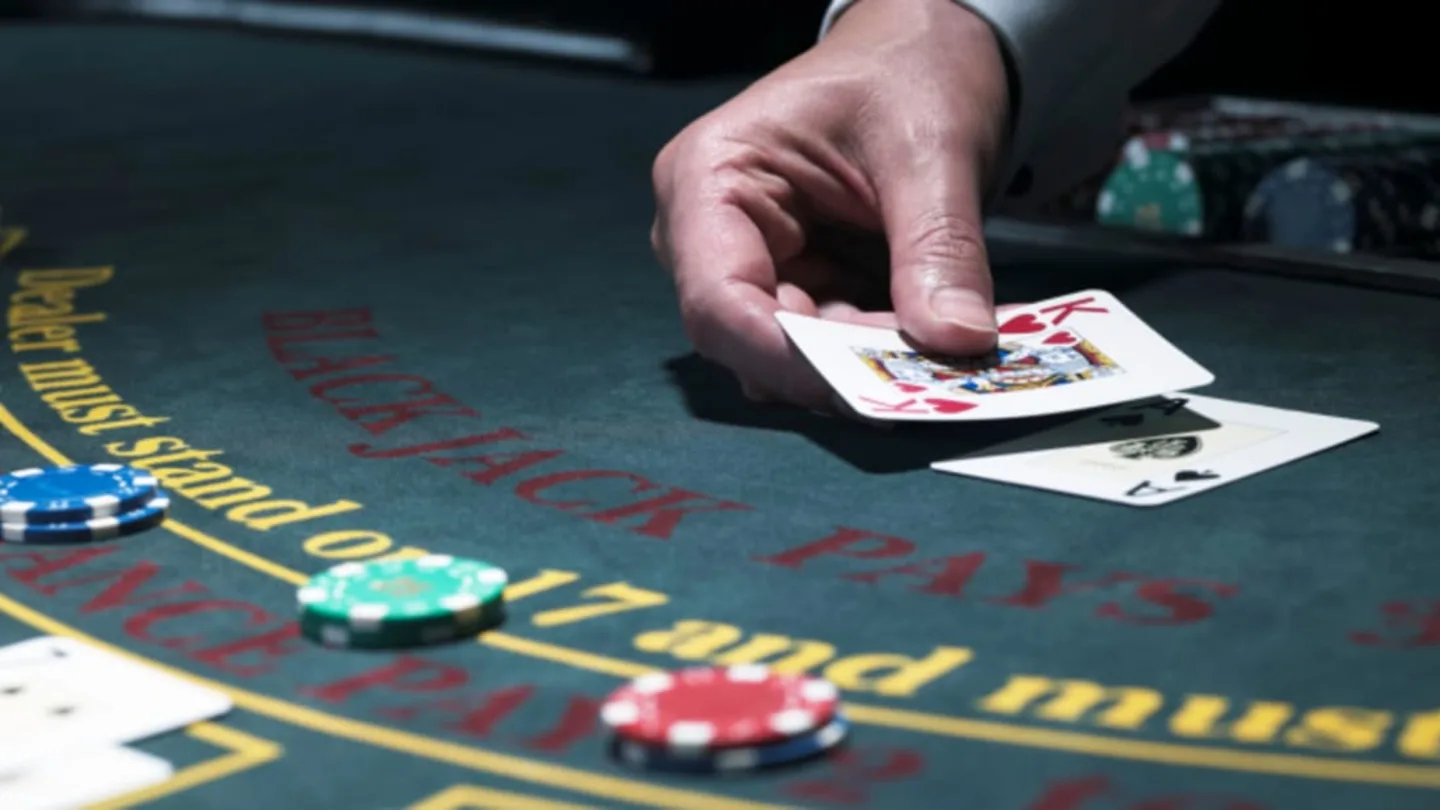The Logic Behind a Bingo Game
The logic behind a bingo game is simple: if a player hits a certain combination of numbers on a bingo board, they will be rewarded. If a player hits a certain combination of numbers on multiple bingo boards, the server will announce the final ball and show the column letter in the upper right corner of the screen. Players can view the game’s Large Display or check their gaming machine to see what the numbers are.
After a player presses a number, the client program updates the server with the total number of marked spots on their Bingo Card. The program also updates the Spots Needed to Advance if the selected number is not already marked on all the numbers on the board. The client program does not have to be decentralized, because the server reports the number board’s status at each gaming machine. For example, a machine that shows the Total Amount of Spots Needed to Advance will update the display on a bingo game.
A computer program written in C was used to simulate the bingo game’s logic. The program simulates the operation of the game by drawing random numbers from a pool of balls numbered from one to 75. A random number generator program randomly generates random numbers between 1 and 75 inclusive, and throws out numbers that match a previous draw. It also simulates the probability distribution of the game’s results and provides statistical information about the winning probabilities.
The central feature of the invention is the elimination of the lowest player based on a specified performance criterion. The player is either pitted against other players, non-player bingo cards, or both. Ultimately, the contestant with the lowest performance criteria wins. During the game, the winner is the one whose card reaches the desired pattern. If the player marks nine spots, the “Spots Covered” number shows a single dot.
The Final Ball bet is another example of the logic behind a bingo game. Its final number is shown on a Bingo card with a star in the background. When a player bets on the last number, their bet may differ from the bet placed on the previous card. This is because some tournaments end without a winner. If N is correctly wagered as the final number, the player’s payout would be higher than for any other card.
In addition to generating random numbers for each player, a player can also change the number of Bingo cards at any time. The game logic is designed to handle the nuances of this. The “Reset” function is also a key component of the game. If the player doesn’t make a change to their card, the server will send an error message to the client. However, it’s important to note that this logic can be a tad confusing, so it’s best to consult a professional in programming a game of this nature.
This calculation can also be applied to any other game with the same logic. For example, the number of Bingos that will occur in one hundred million simulated tournaments is shown in the second column. This number is called the Probability and it can be used to calculate the expected return of a bingo side bet. This method is also helpful when predicting the outcome of a given round in a tournament. In other words, the more number of Bingos that occur in a round, the better the EV.




